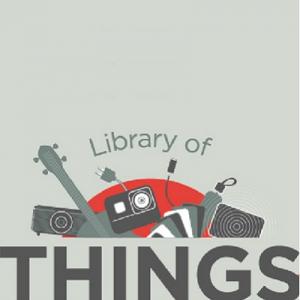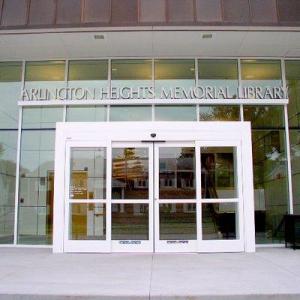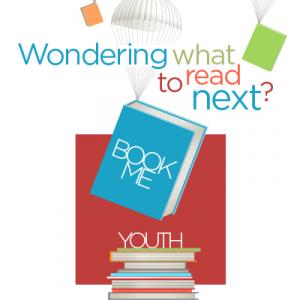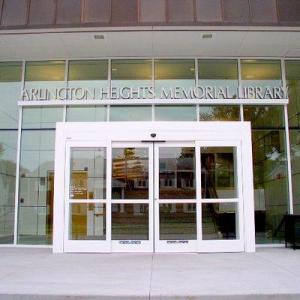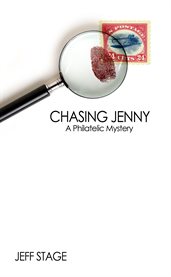Details
PUBLISHED
DESCRIPTION
1 online resource
ISBN/ISSN
LANGUAGE
NOTES
A fire in an old, exposed-beam summer cottage leaves two people desperately searching for an escape. A slippery car chase over country roads through a blizzard. Explosions. Magic. A deadly knife. Deceit. Prowling U-boats. Thievery. Death. So, these are the elements of stamp collecting? Perceptions of the hobby are turned upside down in Jeff Stage's "Chasing Jenny: A Philatelic Mystery," a history-based novel that includes the story of our nation's first airmail flight in 1918; a tense WWII convoy across the Atlantic; and a brush with the post-war 1950s. Much of the story is contemporary, set in Syracuse, N.Y., and the cottage area of the southeastern shore of Lake Ontario. In 1955, someone boldly plucks a block of four rare postage stamps - the world-famous inverted Jennys - from beneath security guards' noses on the third morning of a national stamp show in Norfolk, Va. Fictional "Chasing Jenny" picks things up nearly 60 years later when Lizzy Smith thinks her aging father has one of the rare stamps, and she's out to find the tiny piece of paper that could be worth $1 million. Trouble is, so are others, who are willing to steal, lie and commit murder. The story's timeline begins in 1918 when the U.S. Post Office Department is about to institute the world's first regular airmail service. To pay the airmail rate, a new 24-cent stamp showing a Curtiss JN4-H biplane - popularly known as the Jenny - is produced. Stamp collector William T. Robey feels that because of the stamps' hasty production, some copies might have printing errors. They could be worth a small fortune if they reach collectors' hands. Robey's instincts are correct and he discovers a new sheet of 100 stamps that show all of the biplanes upside down. The stamps, known as the inverted Jenny, are instantly valuable and recognized by collectors and the public worldwide. (The invert is so iconic that the U.S. Postal Service commemorated it with a new $2 version of the error released in 2013.) The 100 Jennys eventually make their way into the hands of collectors and museums. In 1955, Ethel McCoy exhibited a block of four of the inverts at a stamp show in Norfolk. On the third morning of the show, the stamps seem to vanish into thin air. Though two of the stamps have since been recovered, decades later the other two remain missing. Who stole those stamps and where are the lost ones? "Chasing Jenny" picks things up today. The stamps are fresh on the mind of Ted Smith, a frail WWII Navy veteran and amateur magician who resides in a nursing home. He mentions them to his daughter, Lizzy, just as (not coincidentally) a national stamp show comes to town. Perplexed, Lizzy visits the big show in Syracuse, where she finds help in friendly stamp dealer Tommy Byrnes and his part-time assistant, Miles, an affable former newspaper reporter. Lizzy tells them that her aging father may possess one of the valuable inverts. The stamp dealers are skeptical. Passionate stamp collectors have kept tabs over the years on the whereabouts of all 100 inverts and "only a few are unaccounted for," they say. Though unlikely, they admit Lizzy's father could have one. The stamp is certainly not the world's rarest. Some stamps are known to have only one, two or a handful of copies. But many say that the inverted Jenny is the best-known and favorite of all rare stamps. "There isn't a collector in the world who wouldn't want one," exclaims Miles, who agrees to help Lizzy. After all, he's single and a tad lovelorn. And what could go possibly go wrong by spending a day helping this cute stranger in her hunt for a treasure? But they aren't the only ones who suspect a missing Jenny is nearby. A former Navy colleague of Lizzy's father and a dangerous survivalist French
Mode of access: World Wide Web

